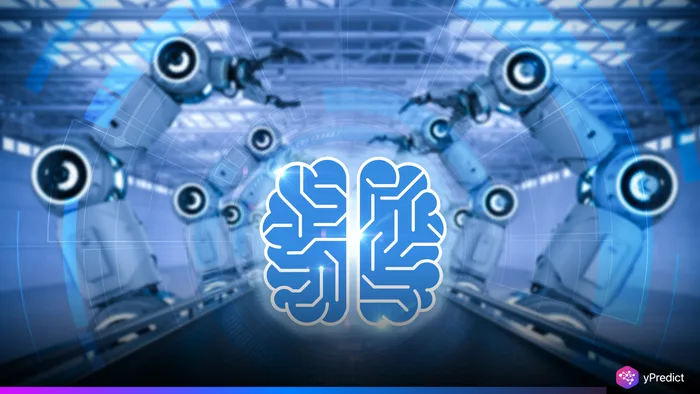
The artificial intelligence industry has long been driven by the idea of achieving artificial general intelligence, or AGI. For years, the AGI concept has been the ultimate goal for researchers and companies, promising machines that can perform any human-level intellectual task and beyond. However, OpenAI CEO Sam Altman now believes this concept is losing its relevance in the modern AI race.
Speaking in a recent interview with CNBC, Altman explained that the term AGI is no longer as useful as it once was. As AI models rapidly evolve, the line between advanced AI and AGI has become increasingly blurred. According to him, the conversation should now focus on capabilities and impact rather than chasing a rigid definition.
This shift in perspective comes at a time when AI companies, including OpenAI, are raising unprecedented amounts of funding. While the AGI concept once fueled billion-dollar valuations, Altman is now pointing to a bigger vision, the move toward artificial superintelligence.
Why Sam Altman Thinks AGI No Longer Defines the AI Goal
Traditionally, AGI refers to an AI system capable of performing a wide range of intellectual tasks at the same or higher level than humans. This has been central to OpenAI’s mission of building AI that benefits humanity. Yet Altman now believes the AGI concept has become “too coarse” as a measure of progress.
Different companies and researchers have their own definitions of AGI, which has led to confusion. Some say AGI means an AI that can do “a significant amount of the work in the world.”
Nonetheless, Altman notes that work itself is always in flux, making a benchmark like this more hypothetical.Rather than determining whether AI has reached AGI, he prefers to assess whether we have made progress by measuring progress in regard to how models themselves are constantly evolving. This takes into account what AI can actually accomplish rather than whether it satisfies a static definition.
A Bigger Ambition
Altman has recently placed greater emphasis on artificial superintelligence (ASI) , a level of AI that vastly surpasses human intelligence in nearly all domains. This shift reflects his belief that the AI race is about sustained, exponential improvement, not just crossing an AGI threshold.
During a talk at the FinRegLab AI Symposium last year, Altman said that OpenAI now prefers to define AI development in terms of levels, rather than a binary AGI-or-not status. He also predicted AI breakthroughs in mathematics and science within the next two years, which could significantly reshape industries and research fields.
The Role of AGI in OpenAI’s Growth and Valuation
The promise of the AGI concept has played a major role in attracting massive investments into AI companies. OpenAI, backed by Microsoft, has seen its valuation soar to $300 billion. Reports suggest it is preparing another share sale that could push its value to $500 billion.
Even as Altman moves away from strictly defining AGI, he acknowledges that it remains a long-term target. But he stresses that the journey toward more capable systems matters more than the exact point where it is declared achieved.
GPT-5 and the Ongoing AI Race
OpenAI recently released GPT-5, its latest large language model, earlier this month. Individuals across the globe have access to the latest iteration of ChatGPT. While its predecessors opened the door for improved writing, coding, and health-related inquiries, GPT-5 aims to expand those capabilities even further.
665 while it has received positive comments for its improved speed and usefulness, and many, including its CEO Sam Altman, assert for most applications it is an improvement over GPT-4o; many AI researchers and educators have teamed with Associate Professor Eli H. Cohen, who has characterized GPT-5 as akin to being a few miles down the road compared to GPT-4o rather than leaping into the future of AGI. Altman did concede that GPT-5 is likely not at AGI level, but decades ago – especially 5 – imagining an advanced AI to even accomplish as a significant portion of these tasks was unimaginable.
There is no slowing the AI race, and each subsequent model will bring society closer to achieving technologies that can significantly change education, healthcare, productivity, and scientific discovery.
Why the AGI Debate Still Matters, and Why It Might Not
Altman’s shifting view demonstrates a broader trend within the AI community: a shifting trajectory away from pursuing an idealized AGI notion, and toward the iterative design of practical, high-impact AI systems. Some would argue that because AGI is still a worthwhile stopping point, while others point out that because it is no longer a useful term, it places limits on how we think about AI’s future capabilities.
The truth is we are not going to stop developing AI when we reach AGI. The next big thing, artificial superintelligence, could fundamentally reshape the industrial landscape and the very fabric of human society itself. Regardless of the deliberation surrounding the term AGI, the work towards ensuring AI is safe and beneficial will only continue at a full throttle.






